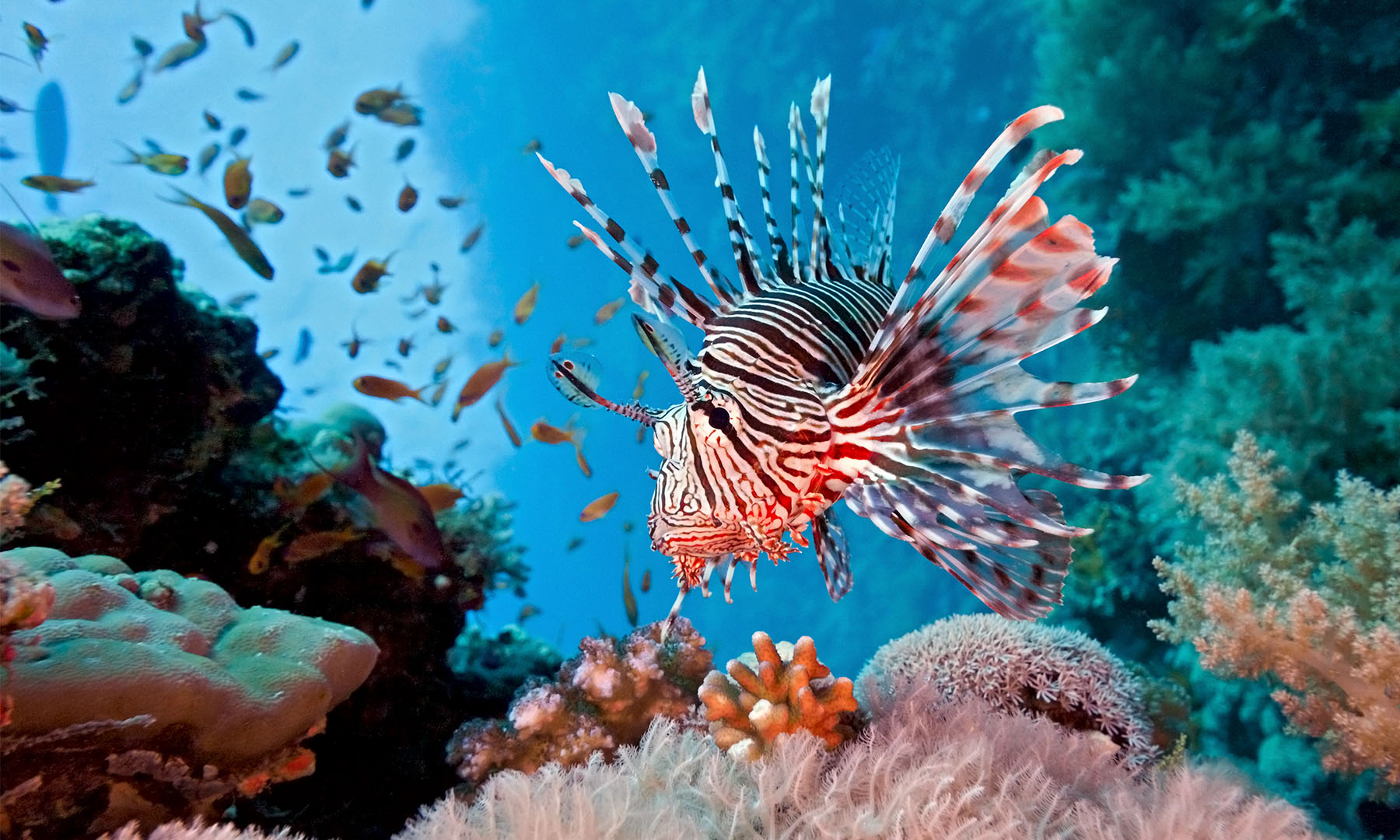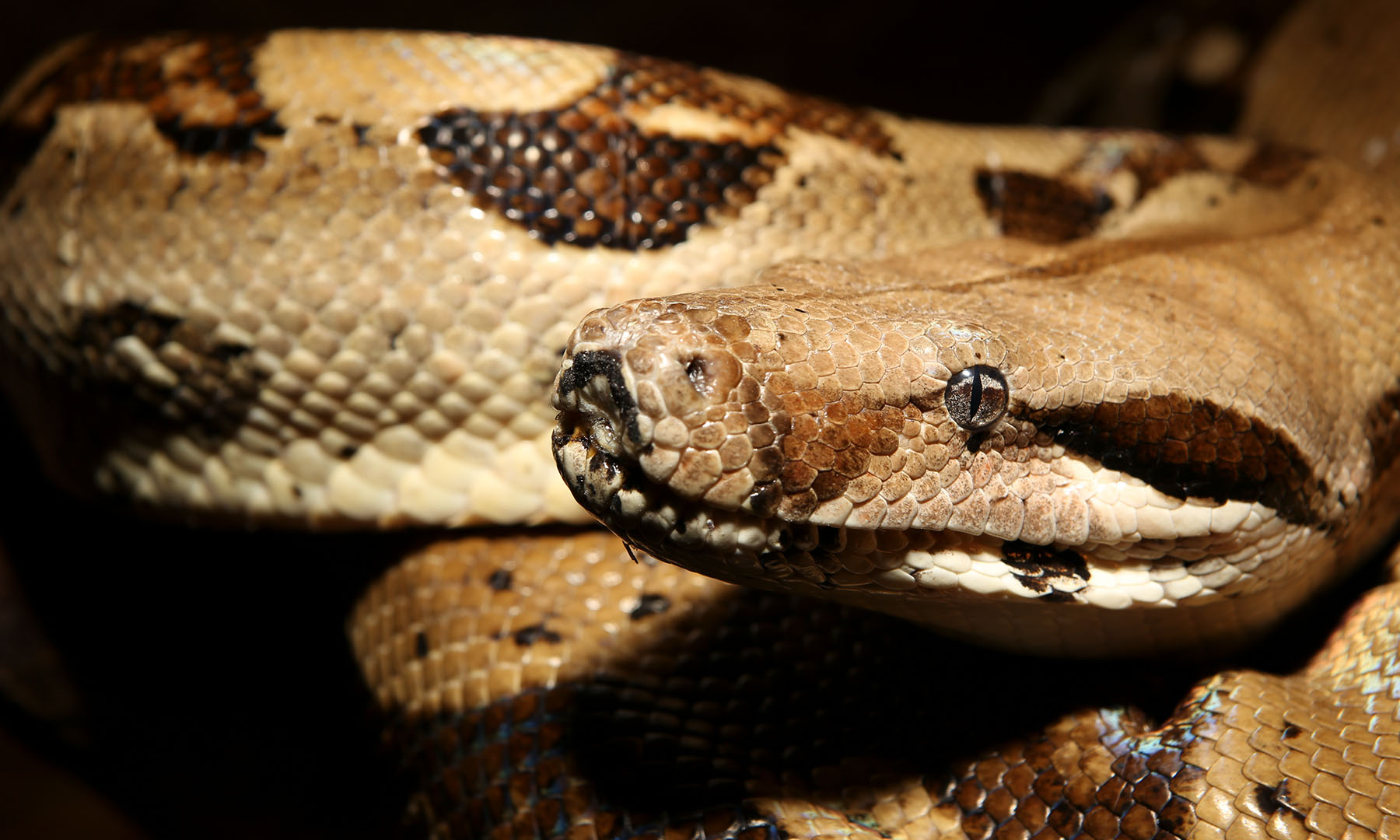Puerto Rican Coqui


Puerto Rican Coqui
LOCATION
Scientific name
Caribbean tree frog
Common coqui
Puerto Rican tree frog
NATIVE ORIGIN
The Puerto Rican Coqui is a small frog, averaging around 1.5-2.5 inches long. Their coloration varies from grey to a grey- brown. Their most distinguishing characteristic is their call, a two tone “ko-kee”, that begins when the sun sets, as they are a nocturnal species.
The Puerto Rican coqui is able to reproduce all year long, and do not have a tadpole stage, so water is not required for reproduction. Females have roughly 28 eggs per clutch and roughly 4-6 clutches per year (Campbell 2000).
Ecological Impact
Due to their high prey rate, they may also be displacing native frogs (Platenberg 2007).
Management/Control
What You Can Do!
References
Beard KH, Vogt KA, Kulmatiski A (2002) Top-down effects of a terrestrial frog on nutrient dynamics. Oecologia 133:583–593
BEARD, K. H., AND E. M. O’NEILL. 2005. Infection of an invasive frog Eleutherodactylus coqui by the chytrid fungus Batrachochytrium dendrobatidis in Hawaii. Biological Conservation 126:591-595.
Platenberg, Renata J., “IMPACTS OF INTRODUCED SPECIES ON AN ISLAND ECOSYSTEM: NON-NATIVE REPTILES AND AMPHIBIANS IN THE US VIRGIN ISLANDS” (2007). Managing Vertebrate Invasive Species. 39.
Location: 6291 Estate Nazareth St. Thomas USVI 00802
Phone: 1-340-774-3320 1-340-773-1082
Email: info@invasive.vi.gov


